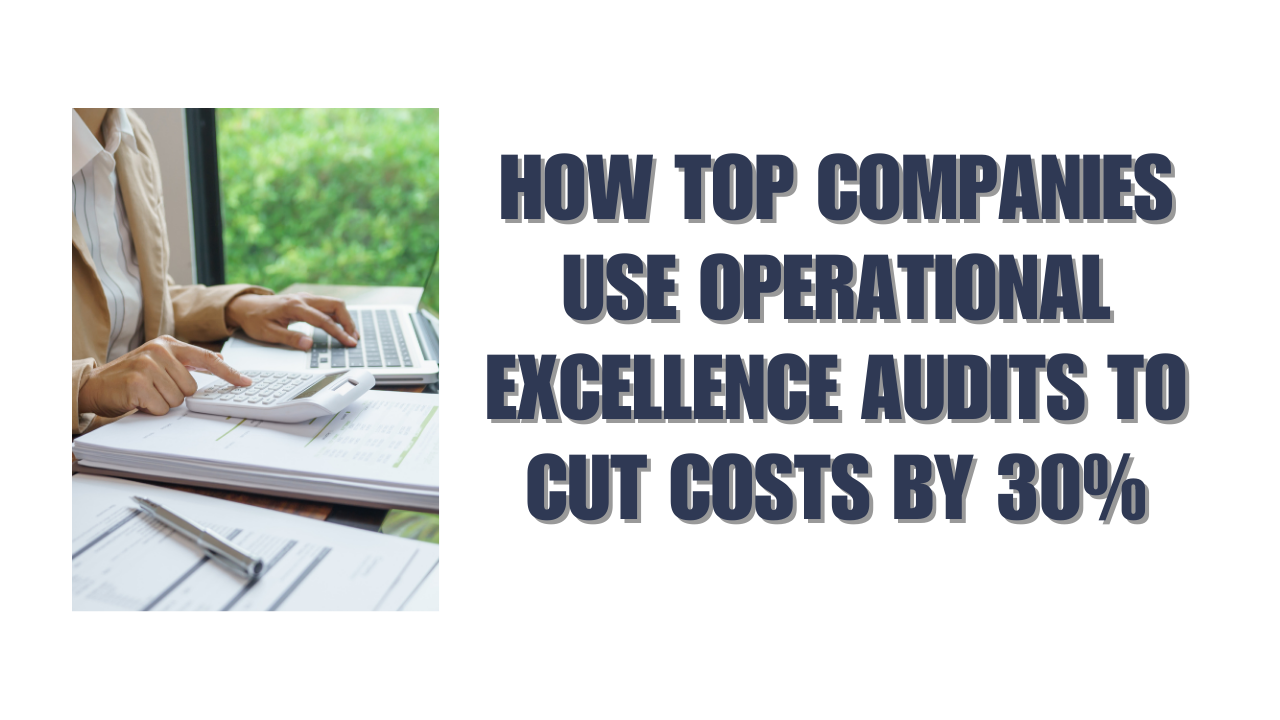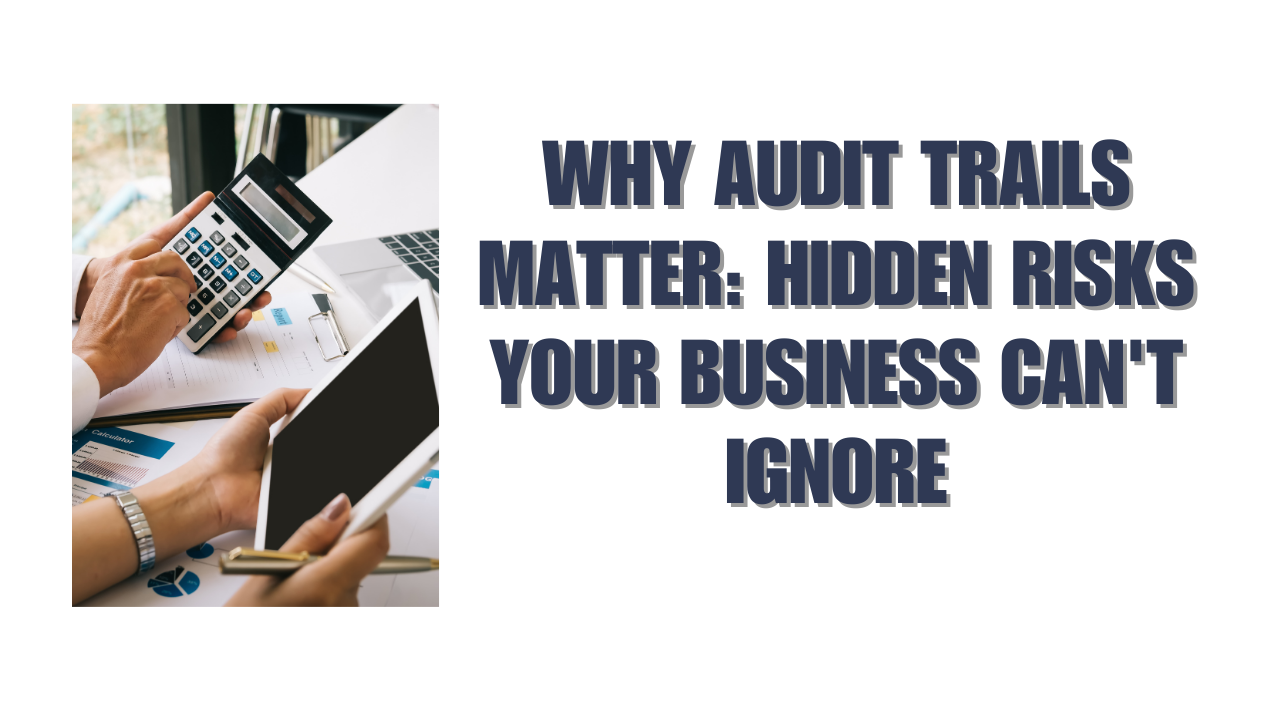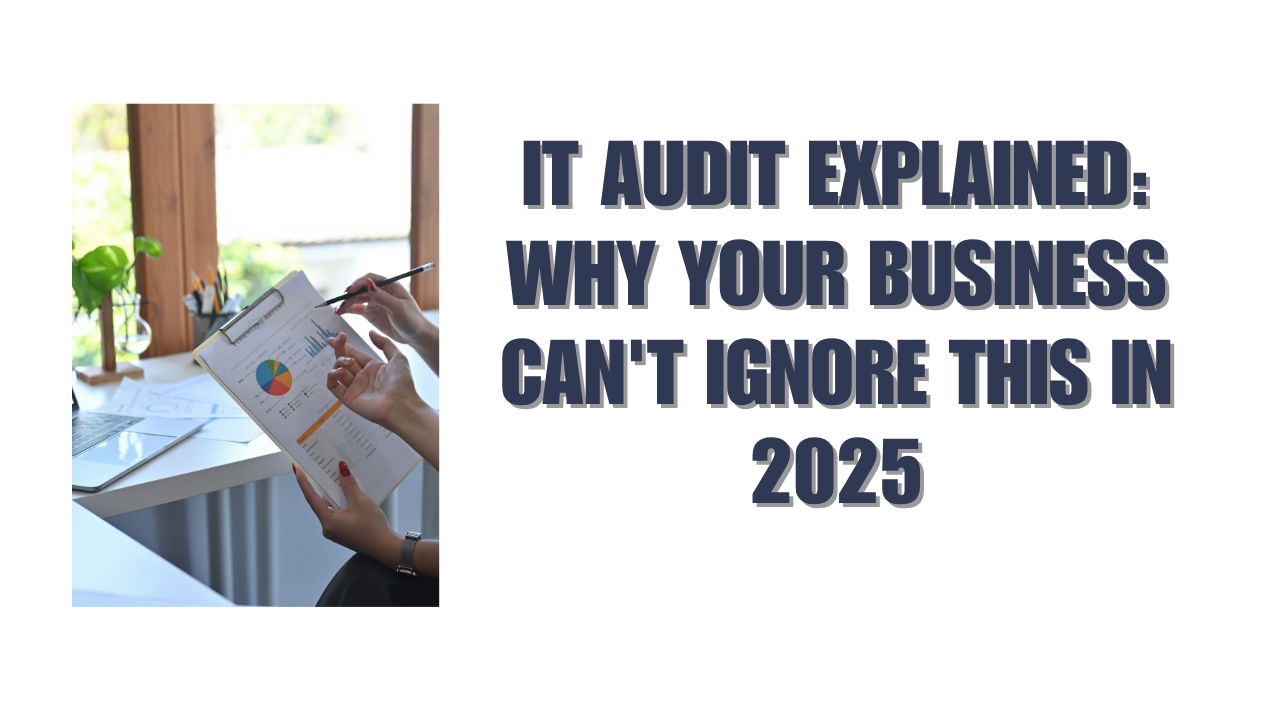Operational excellence audits guide businesses effectively through today’s competitive market. These systematic evaluations help companies spot inefficiencies, streamline processes, and enhance product quality throughout their operations. Daily operational problems like non-compliant standards and inefficient processes pile up and quietly eat away at profitability and customer satisfaction.
Operational excellence is a vital factor that keeps companies competitive in fast-moving markets where efficiency, quality, and adaptability matter most. The concept boils down to a steadfast dedication to consistent, high-quality performance through continuous improvement. This piece explores operational excellence KPI examples that leading companies use to track their progress and shows how following operational excellence standards leads to measurable cost reductions. Regular operational audits create standards that track improvement over time. These audits serve as more than just a compliance tool – they provide organizations with a comprehensive view to identify areas that need enhancement.
Defining Operational Excellence in Business Context
Dr. Joseph Juran’s work with Japanese business leaders introduced the concept of operational excellence in the 1970s. The concept has grown into a detailed management approach that creates lasting competitive advantages.
What does operational excellence mean in business?
Businesses use operational excellence as a systematic management approach to improve all parts of their organization continuously. This management philosophy aims to deliver the best service and quality by refining processes consistently.
Companies that execute their business strategy better than competitors achieve operational excellence. The results include lower risks, reduced costs, and higher revenues. High-performing organizations accomplish this by looking at how their business creates value through five elements. These elements include clear strategy, defined principles, resilient management systems, refined technical systems, and smart technology use.
Successful organizations know that technology changes what operations can achieve fundamentally. They don’t just add technology to existing operations. Their culture unites all employees toward one goal – they work together to create continuous customer value.
Key differences between operational and financial audits
Financial audits verify the accuracy of financial records and statements. Operational audits take a wider view. The biggest difference lies in their purpose. Financial audits check past compliance, while operational audits look for future chances.
Operational audits get into business processes, workflows, system efficiency, customer experience, and resource use. They cover production, logistics, IT, human resources, and customer service. Financial audits focus only on money transactions, asset values, and financial reporting standards.
Why top companies prioritize operational audits
Leading companies conduct operational audits often. These evaluations help find inefficiencies that reduce quality, increase costs, and slow down productivity. Organizations can match company goals and standards through careful review of their policies, practices, controls, and results.
Operational audits help manage risk better by catching problems early. They make internal controls stronger and reduce mistakes, fraud, and disruptions.
These audits give analytical insights that show management what works. This supports better planning and resource use. McKinsey Global Institute projects that the gap between high and low productivity growth could mean NZD 85.28 trillion in wealth for the United States by 2030.
Audit Tools That Drive 30% Cost Reduction
Top companies use specialized audit tools to find hidden ways to save money in their operations. These systematic methods deliver great results. Companies often cut costs by up to 30% when they analyze and implement these methods properly.
Value Stream Mapping for process visibility
Value Stream Mapping (VSM) shows a clear picture of each operational step. Toyota created this visual tool that gives a complete view of how things connect and flow. Teams can spot activities that don’t add value or create “waste”. Teams track cycle times, lead times, and inventory levels to learn about slowdowns and wasteful processes that quietly drain resources. They can then create a future state map that shows better workflows to reduce delays and make customers happier.
SWOT and Ishikawa for root cause identification
SWOT analysis helps teams evaluate their position and find ways to improve. Teams look at strengths, weaknesses, opportunities, and threats at both department and process levels. The Ishikawa diagram (also known as fishbone or 5M diagram) helps find the root causes of operational problems. It looks at how human, material, methodological, environmental, and measurement factors create inefficiency. Karou Ishikawa created this tool in 1954 to help organizations find the exact source of their challenges instead of just fixing symptoms.
KPI tracking: operational excellence KPI examples
Companies track key performance indicators to see how well their operations run. Here are some effective operational excellence KPIs:
- Process efficiency metrics: processing time, labor output, First Pass Yield (FPY)
- Quality measurements: error rate, Customer Satisfaction Score (CSAT), Net Promoter Score (NPS)
- Cost indicators: cost of goods sold, operational costs, cost per unit
- Workforce metrics: utilization rate, staff turnover, Overall Equipment Effectiveness
Benchmarking against industry standards
Companies compare their performance with industry leaders to spot gaps and set realistic goals. This practice helps teams adopt what works best from high-performing organizations. Teams can strengthen their market position by using strategies that have already proven successful elsewhere.
P&L analysis to isolate cost-heavy operations
Profit and Loss analysis shows where money comes from and where it goes. This detailed look reveals which activities make the most profit and which need changes to reduce losses. Companies can quickly spot unusual patterns that point to areas needing improvement or risks that need attention. Regular P&L reviews help teams focus their cost-cutting efforts where they’ll have the biggest impact.
Step-by-Step Audit Process Used by Leading Companies
Businesses thrive when they use a systematic audit approach to reshape their operational processes. This well-laid-out method will give a clear path to cut costs by finding and fixing inefficiencies.
Scoping and objective setting
Companies must define their audit goals and challenges to address. This vital first step helps tailor the method to match the organization’s needs. Smart organizations pick skilled audit teams, get management on board, and create detailed plans before they start. A solid framework sets clear boundaries to keep the project focused.
Data collection: interviews, observations, and metrics
Teams gather evidence through several methods:
- Reviews of SOPs, process maps, and performance reports
- Stakeholder interviews to understand real workflows
- Direct process observations
- KPI and metrics analysis
Gap analysis and performance benchmarking
Auditors match current results against expected outcomes and industry standards. Their analysis shows the gaps between actual and target performance. The sort of thing I love about this step is how it spots specific issues that could lead to big improvements.
Audit reporting and prioritization of findings
Results go into clear reports that show strengths and areas to improve. Smart companies rank their recommendations and put resources where they’ll see quick, important results. This focus on the most critical findings helps maximize the return on changes made.
From Audit to Action: Implementing Cost-Saving Changes
Companies can turn audit findings into real cost savings when they take decisive action. Leading organizations consistently execute this crucial phase and realize the full 30% cost reduction potential their audits identify.
Creating a prioritized action plan
Organizations need to prioritize their responses based on potential effects, implementation costs, and how they line up with strategic goals. A well-laid-out action plan should spell out specific steps, responsibilities, resources, and deadlines. This approach ensures high-impact opportunities get immediate attention and maximize return on investment.
Assigning ownership and timelines
Successful implementation’s life-blood comes from clear process ownership. Each process needs designated people with genuine authority and accountability. Clear role definitions prevent responsibilities from becoming muddled or falling between the cracks. Teams should include change initiatives in their KPIs so employees don’t feel they must choose between changes and job performance.
Change management and team communication
Staff who receive daily or weekly updates are much more likely to understand company goals – 53% report being “very familiar” compared to just 19% who get less frequent communication. Change management must tackle resistance head-on – it’s natural and should be expected. Personal, tailored communications help team members feel valued and understood.
Tracking ROI from implemented changes
Organizations that use well-laid-out change management see 30-50% fewer help desk calls and 20-40% fewer support tickets. Regular progress monitoring helps teams stay on track with action plans and make adjustments quickly when needed.
Conclusion
Operational excellence audits help businesses cut costs while making their operations better and more efficient. This piece explores how systematic evaluations let companies spot hidden waste and make targeted improvements. Companies can save up to 30% through careful analysis and well-planned implementation.
These audits go beyond simple process improvement. They are a complete management approach that creates lasting competitive advantage. Financial audits look back to check compliance. But operational audits look ahead to find opportunities in production, logistics, IT, human resources, and customer service.
The audit tools we looked at give companies practical ways to find cost-saving opportunities. Value Stream Mapping, SWOT analysis, Ishikawa diagrams, KPI tracking, measurement, and P&L analysis work well together. A structured audit process with proper scoping, data collection, gap analysis, and clear reporting gives practical solutions.
The real value comes from putting findings into action. Companies get the best results by creating priority-based plans, giving clear ownership, managing change well, and tracking results. Even the most brilliant audit findings stay theoretical until they become real operational changes.
Operational excellence audits give businesses a strategic way to become more competitive through better efficiency and quality. Regular evaluations create a culture of continuous improvement that leads to lasting cost savings and better performance. Without doubt, this dedication to operational excellence helps companies succeed despite changing market needs and competitive pressures.
FAQs
Q1. What are the key components of operational excellence?
Operational excellence comprises three main pillars: operational readiness, operational efficiency, and operational quality. These components work together to create a systematic approach that drives continuous improvement, process standardization, and a strong focus on customer satisfaction.
Q2. How do operational audits help companies reduce costs?
Operational audits help companies identify inefficiencies, optimize processes, and improve product quality across the organization. By systematically evaluating operations, businesses can uncover hidden cost-saving opportunities, often leading to cost reductions of up to 30% through targeted improvements and implementation of best practices.
Q3. What tools are commonly used in operational excellence audits?
Common tools used in operational excellence audits include Value Stream Mapping for process visibility, SWOT analysis and Ishikawa diagrams for root cause identification, KPI tracking, benchmarking against industry standards, and P&L analysis to isolate cost-heavy operations. These tools help organizations gain insights into their processes and identify areas for improvement.
Q4. How does operational excellence impact a company’s competitiveness?
Operational excellence enhances a company’s competitiveness by improving efficiency, quality, and adaptability. It enables organizations to execute their business strategy more consistently and reliably than competitors, resulting in lower operational risks, reduced operating costs, and increased revenues. This approach also fosters innovation and helps companies adapt to changing market conditions.
Q5. What steps are involved in implementing changes after an operational audit?
Implementing changes after an operational audit involves creating a prioritized action plan, assigning ownership and timelines for specific tasks, managing change through effective communication, and tracking the return on investment from implemented changes. This structured approach ensures that audit findings are transformed into tangible operational improvements and cost savings.






